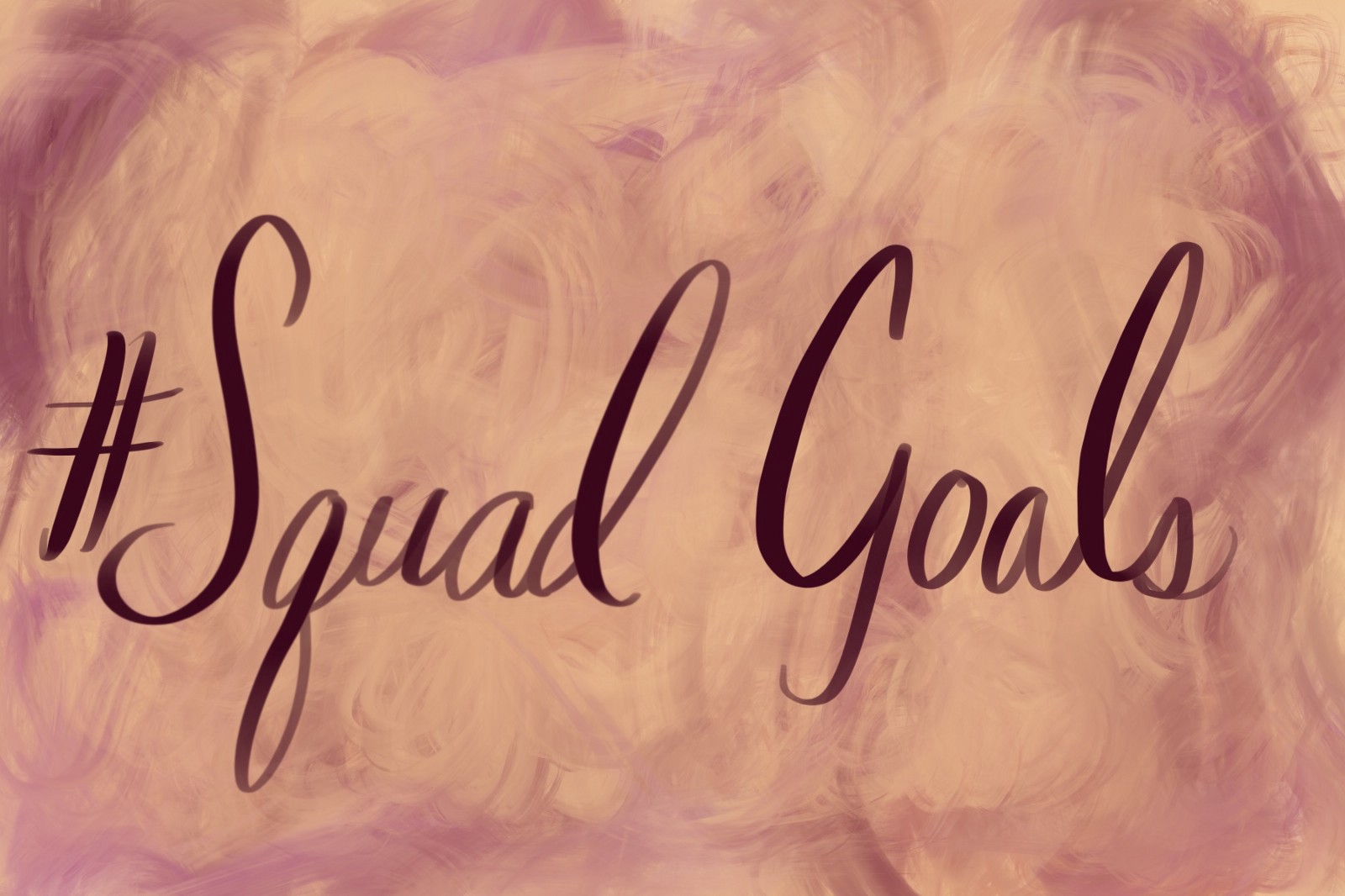The honest introspection and continuous work for a better team
Reconsider Diversity
The typical approach to diversity in corporate environments can usually be summed up in two ways: lazy and superficial.
To be fair, diversity is a difficult word to put into action. Most attempts to do so will probably end up feeling superficial. For example, companies often ironically state that they’re “committed to diversity” when the word itself is pretty noncommittal. The ambiguous nature of diversity means it can be interpreted in a number of different ways.
That laxity is an allowance for laziness. Initiatives based on diversity are notorious for having vague, or non-existent, standards and accountability. Diversity has become a clichéd ideal versus an agent for change.
Diversity is a difficult word to put into action.
Attempts to execute diversity in a more specific way can also be problematic. Companies confronted with unfavorable demographic numbers and public pressure to do better find it easy to reach for tokenism as a quick-fix reaction to being called out and as a way to gain brownie points. The addition of individuals from minority and underrepresented groups has become the preferred way for organizations to portray improvement.
When someone is perceived as a diversity hire, that label and perception of them as other (i.e. not like me) will be a difficult roadblock for everyone involved to overcome in order to work effectively as a team. Inevitably, the burden is placed on that individual to demonstrate their sameness, perpetuating the common expectation that individuals fall in line and assimilate in order to belong. So instead of an organization evolving from the unique contributions each person can offer, things remain essentially the same.
In the article Stopping the Exodus of Women in Science, the Harvard Business Review describes the science, technology, and engineering fields as the “Alamo — a last holdout of redoubled intensity” when it comes to machismo in corporate settings. If that statement seems hyperbolic, consider that over half of highly-qualified women in STEM positions — 56 percent— eventually leave the industry. The top reasons cited for their exit? Inhospitable work cultures and isolation.
Despite statistics like this and well-documented personal accounts that indicate an environment of intolerance and aggression, tech companies commonly describe their culture as the complete opposite — open and accepting.
In Carlos Buenos’ observation of tech’s startup culture, Inside the Mirrortocracy, he offers an explanation for why there’s often such a disparity between a group’s perception of itself and the realities experienced by those that exist there:
The problem with gathering a bunch of logically-oriented young males together and encouraging them to construct a Culture gauntlet has nothing to do with their logic, youth, or maleness. The problem is that all cliques are self-reinforcing. There is no way to recalibrate once the insiders have convinced themselves of their greatness.
After adopting the abstract ideal of diversity as a value, a group can get the premature satisfaction that their awareness also equals progress. The pursuit to “increase diversity” usually shifts the focus outward for a solution and encourages the mindset that we should eventually arrive at a certain point of achievement. Both of those popular approaches makes it too easy for companies to continue avoiding the real issue.
They aren’t forced to confront the biased ways of thinking and behaving ingrained in their culture that have created and sustained such a monolithic environment.
If a company truly wants to be a place that includes people that aren’t all alike, they’ll need to create an inclusive culture. That will require an honest look inside themselves to identify the parts of their culture that prevent inclusivity.
Recently, companies have seemed comfortable tackling unconscious bias in hiring. On the other hand, they seem unwilling to acknowledge the presence of that very same bias in their everyday operation.
There is no known way to avoid unconscious or implicit bias.
In fact, it thrives because you’re unaware that it’s happening. That’s why relying on just the good intentions of treating everyone in an inclusive way will always fall short. You will need to make specific plans to combat biased behavior.
The work of inclusivity, like our persistent biases, should be constant and never-ending. Your entire team will need to become invested in doing the day-in and day-out work.
Inclusivity: We Want You Here
Being inclusive means being consistent about communicating the value of every person participating with our actions. The foundation of those actions should be built on a collective mindset that goes beyond tolerating differences, to truly appreciating them. That appreciation is fostered with the recognition and treatment of differences as the asset they are to a team.
When differences are celebrated, everyone on the team will feel safe, supported, and valued being themselves. The freedom of no longer needing to be a certain way in order to be accepted is a major key. Communication is open and honest, instead of guarded. Interactions with each other are earnest and real, instead of strategic. This kind of communication will elevate your work. Here are the actions you can take to make it clear that each person is welcome to participate and their contributions are valued.
Safety to Speak Up
Everyone on your team should feel safe voicing their concerns and questions. As with other parts of life, rules or guidelines aren’t enough to produce a safe environment. An open door policy in your employee handbook won’t cut it.
True safety begins when we take steps to protect what we value. If you value hearing everyone’s voices, start by genuinely supporting one another when an issue is raised. Support isn’t about coddling or other empty gestures. It’s simply meeting someone’s voice with respect and thoughtful consideration.
Beyond supporting those that speak up, everyone has the responsibility of being diligent stewards of the environment. Sometimes that means stepping up to advocate for someone else and that requires us to stop being silent.
Violent responses to someone speaking up is what makes an environment unsafe. Common responses include intimidation, retaliation, or shaming. Reasons like self-preservation, obliviousness, or agreement with the offending party make it easy to do nothing when someone’s safety to speak up is threatened with violent communication.
Silence reinforces fear to everyone, including yourself, and perpetuates avoidance. That can lead to disastrous outcomes when there’s a glaring problem no one feels comfortable addressing.
It shouldn’t feel like an act of bravery for a teammate to say when something doesn’t feel right. It should feel like everyone’s expected duty.

Gain New Perspectives
Making speaking up a healthy and normal part of your culture is just the start. Listening is paramount. It’s no good encouraging people to speak, if we aren’t willing to listen.
If you’re quick to dismiss or invalidate thoughts and experiences that don’t mirror your own, you’re depreciating the value of your team.
Diverse teams perform better because of their access to an abundant and varied supply of thoughts, ideas, and approaches. Recognize and utilize the invaluable resources found in each other!
Go into conversations with lots of curiosity and the intention to discover something you hadn’t considered before. During the course of that discussion, you can decide on the best way to move forward as a group. In every discussion you have as a team, don’t just say that questions and differing viewpoints are appreciated. Watch out for exclusion and bias within those discussions as well. Women often report that what they say needs to be repeated or affirmed by someone else in order for it to be heard.
The point of discussions like these isn’t about changing minds or determining who’s right. You’re gaining a new perspective, not sacrificing your own.
Make Information Easily Accessible
In an effort to avoid red tape, tech companies in particular can be averse to written policies or guidelines for operations. That approach allows bias to go unchecked. It makes inequitable treatment more likely to occur and harder to point out and defend against.
That’s especially true when it comes to how performance is measured. In the absence of clear and consistent standards, success at a meritocracy becomes an uncertainty that’s dependent upon judgement.
Documenting your processes not only keeps you objective, it keeps your team empowered and well-educated.
Sharing what you know with everyone is a step toward being transparent with one another. Sometimes, information just naturally stays within the confines of a certain team, group of people, or person. Documentation makes any holes in your process obvious when it may not have been otherwise. It helps dissolve information barriers opens the flow of information.
That flow of information inevitably leads to a greater level of connectedness. Connecting and building relationships across workplace boundaries, for example, with someone from another team, location, or seniority level, is a great way to counteract exclusivity within an organization.
Internal mentorship and sponsorship initiatives are credited with reducing the likelihood of burnout and increasing employee engagement and retention.

We Make Each Other Better
Focusing on inclusivity will force your team to evaluate if your actions honor the existence of everyone there. That question can’t be answered with words or by a single person.
It can only be answered in the mindfulness reflected in our actions every day.
Yes, it is constant work that requires taking the time to be generous with empathy and thoughtfulness. That work doesn’t hinder productivity, though — it drives it.
When your differences are no longer points of contention, they become a celebrated strength. When you choose to uplift each other with respect and support, it elevates your interactions and, as a result, your work.
It emphasizes one of the best parts of belonging on a team: We’re all in this together.
I’d love to hear your thoughts! What steps have your company or organization taken to be more inclusive? Let me know on Twitter or in the comments below.


